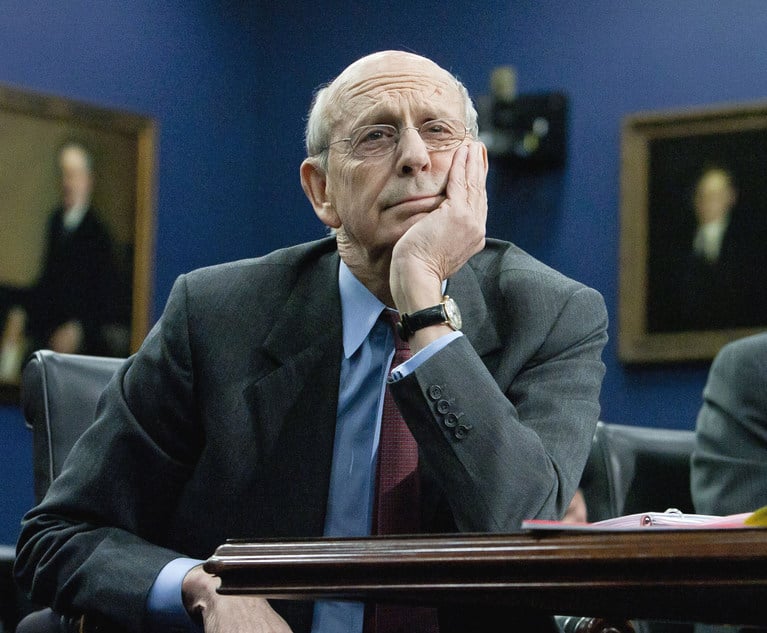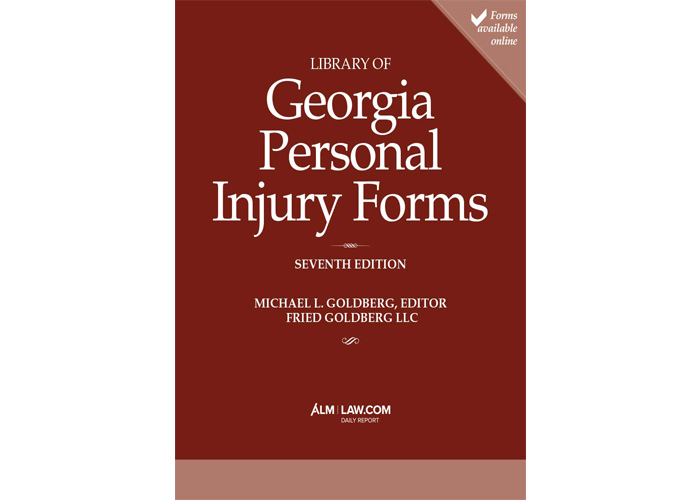“Can you hear me?”
That was the oh-so-fitting first sentence uttered in closing arguments in a high-profile Voting Rights Act case conducted via videoconference on Tuesday before U.S. District Judge Cathy Seibel of the Southern District of New York. The suit pits lawyers from Morgan, Lewis & Bockius led by senior counsel David Butler against a pro bono team starring associates from Latham & Watkins.
The main portion of the bench trial kicked off in person on Feb. 10, back when coronavirus was a distant overseas illness and Judge Seibel (who was appointed to the bench in 2008) presided over orderly in-person hearings.
Not anymore.
 This is a sample of what the first 20 minutes of closing arguments via Zoom sounded like, with the judge, court staff and counsel all flummoxed in varying degrees by the technology.
This is a sample of what the first 20 minutes of closing arguments via Zoom sounded like, with the judge, court staff and counsel all flummoxed in varying degrees by the technology.
“Which one is Mr. Butler? I don’t see Mr. Butler.”
“Can you hear us now?”
“We can now hear you but we can’t quite see you.”
“Did that work, or no?”
“WA7D, that’s our video connection. Mr. Walton, can you find that?”
“We’re still not seeing Washington7D.”
“Mr. Butler, are you sure you have your camera on?”
“Go to the laptop and reconnect.”
“The big part of the screen just says ‘user.’ I don’t know who that is.”
“Go to speaker view.”
“I see two icons but I hit the wrong one.”
“I see Mr. Butler in the little box but not the big box.”
“Oh, can you hear me now?”
“You need to share your screen, Mr. Butler. It’s the green button at the bottom.”
“I see Mr. Butler’s slide, but I still see myself.”
“You need to x out of the full screen and go back to the gallery view.”
“Can you hear us?”
The result was somewhere between painful and Abbott-and-Costello funny.
On the plus side, Seibel noted there were 126 participants on the call. Almost surely, the Zoom format opened the proceedings up to more people than if it had been in person—including me. They just need to get the hang of using it.
As the court reporter said, “It doesn’t seem as easy as it was before.”
Still, once Butler finally started with “May it please the court,” the hearing went along well enough for a while. The Morgan Lewis litigator argued that his client, the East Ramapo Central School District Board of Education in Rockland County, New York, did not violate the Voting Rights Act.
The district was sued by the Spring Valley NAACP and seven black and Latino voters in 2017. Represented by the New York Civil Liberties Union and Latham, the plaintiffs challenged the at-large method of electing school board members, claiming that it unlawfully denies black and Latino citizens in the district an equal opportunity to elect candidates of their choice.
They allege that the white community—in this case, mainly Orthodox Jews—“organized to elect its preferred candidates to the board to implement a policy agenda that increased support for private school students and decreased public school expenditures.”
As Butler argued that people in the community voted for board members based on their policy positions, not their race, that minority candidates have in fact been elected, and that there is “no similar Voting Rights Act case brought in the history of the act,” Seibel’s clerk interrupted him to let him know the judge was no longer on the line.
When her connection was restored, Seibel told Butler that she hadn’t heard anything he’d said for the last five minutes. “Somehow I was put on mute,” she said. “You guys have been going on and I haven’t been able to get your attention.”
Butler backtracked, and then forged onward. As he worked up to a crescendo, “The plaintiffs presented no evidence to show at any time…” he was suddenly gone mid-sentence.
“Did we lose Mr. Butler? Mr. Butler, can you hear us?” Seibel asked. “I can see him but I can’t hear him. Mr. Butler, I can’t hear you. How do we get Mr. Butler’s attention?”
Someone—court staff? Opposing counsel? It wasn’t clear—called Butler on his cell phone, and the court recessed for a three-minute break while he got back online.
He spoke for another 15 minutes before noticing, “Judge, I think you’re frozen.”
Yes. Sorry. So where were we?
When it was time for Latham associate Corey Calabrese to deliver the closing for the plaintiffs, the worst of the glitches had been resolved. (Plus the Latham tech team seemed to be on top of their game).
Seibel theorized that some of the earlier problems stemmed from using the court’s VPN connection—judges aren’t allowed to use their home wifi for security reasons—which was overloaded with users. But as the hearing dragged on past 5 pm, Seibel theorized that fewer colleagues were still online.
Still, Calabrese did have one classic video conference obstacle to reckon with—her dog barked. “I apologize,” she said. “That’s OK,” Seibel responded, adding that the only reason we didn’t hear her dog was because he was in another room.
We hope you enjoyed this excerpt from Litigation Daily, the exclusive source for sharp commentary on mega court battles, winning strategies and the issues that obsess elite litigators. Click here to subscribe.
NOT FOR REPRINT
© 2024 ALM Global, LLC, All Rights Reserved. Request academic re-use from www.copyright.com. All other uses, submit a request to [email protected]. For more information visit Asset & Logo Licensing.


 (Photo: Shutterstock.com)
(Photo: Shutterstock.com)






